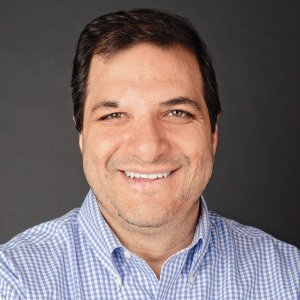Future of Healthcare: Made-in-Mexico Research

STORY INLINE POST
Q: What would you identify as CINVESTAV’s greatest contribution to the healthcare sector?
A: CINVESTAV, one of Mexico’s largest academic institutes, performs research in many different fields and offers several masters and Ph.D programs. Spain’s Superior Education Council published a yearly ranking for research institutions. In this survey, we ranked 30th, higher than any other university in Latin America. About 30 percent of the institution’s researchers are working in a health-related area. CINVESTAV has two technology transfer offices, one in Mexico City and another one in Guanajuato. We are also perfecting our strategies to help our researchers bring their products to market. However, our greatest contribution to the healthcare sector is our former students, who now work in research centers or in the healthcare sector.
Q: With what type of companies does CINVESTAV collaborate to carry out R&D?
A: Major international companies often have their own R&D centers and are less likely to involve third parties. Mexican companies, on the other hand, are contacting us to develop collaborative projects to address various diseases. For instance, we are collaborating with Grupo Neolpharma on the development of treatments for Parkinson’s.
Q: Many foreign pharmaceuticals are outsourcing their R&D divisions to China. What would be necessary to bring these programs to Mexico?
A: Although Mexico has excellent researchers, there are not enough to manage these projects. Research centers such as CINVESTAV will be key to attracting R&D from other countries. For instance, Intel and Oracle developed their own R&D centers in Guadalajara, but to do so they required a large number of researchers. This could also happen in biotechnology and healthcare, but it is necessary for Mexico to increase the number of qualified professionals it produces. Federal and state policies drafted in accordance with the public sector will be of the utmost importance to develop the country’s research capabilities.
Q: How have Mexico’s epidemiological changes influenced CINVESTAV’s main research lines?
A: At the end of 2017, Mexico City’s government and CONACYT proposed the creation of a research center targeting aging that will be managed by CINVESTAV. There is a great deal of research concerning neurological diseases related to aging, such as Alzheimer’s and Parkinson’s, but these efforts have not been enough. The new center will receive an initial investment of MX$210 million and will be located on our campus in the south of Mexico City. The center will start by focusing on chronic diseases, but we also have researchers studying the molecular processes and genomics behind aging.
One of the many research areas to be addressed will be the mobility problems older people face, especially as they often differ from those of the rest of the population. The government is already aware of the problem and has introduced some measures to facilitate mobility, including the adaptation of roads and sidewalks. Our research center on aging will have a group that makes recommendations on public policy to provide better care for older people. Mexico City is clustering a significant number of older people in comparison to other areas of the country.
Q: What future trends will have a strong impact on healthcare?
A: Some budding research areas like genomics will allow a greater understanding of diseases and improve personalized care. Aging-related research will also have a significant impact in the next 30 years as it might be possible to delay the aging process. One of the goals of this research is to provide those over 100 years of age the quality of life they would have at 60. Another flourishing area is wearables, which will greatly diminish the cost of care, especially for individuals with mobility problems. Just like any other technology, it will be expensive at first, but once its use becomes more widespread, costs will come down.






















